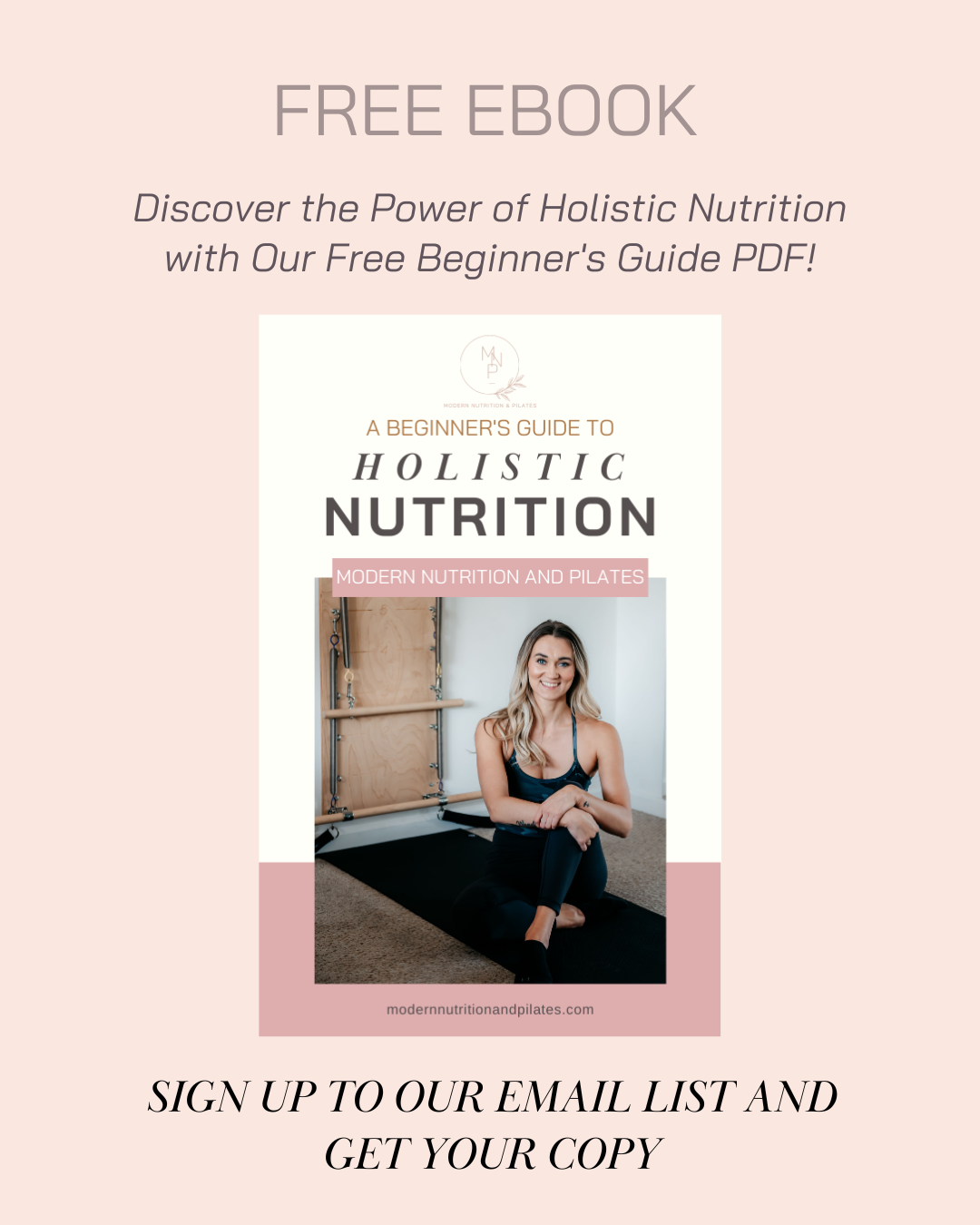In today's fast-paced world, restoring balance and improving flexibility is essential for our well-being. One practice that has gained significant popularity in recent years is Pilates. Originating from the principles developed by Joseph Pilates, this exercise method offers a holistic approach to fitness, focusing on core strength, flexibility, and balance. Whether you're an athlete or just starting your fitness journey, incorporating Pilates into your routine can help you achieve remarkable results.
Let's explore how Pilates can transform your balance and flexibility and provide practical tips to enhance your life.
Understanding the Core Principles of Pilates
Before diving into the specific techniques and exercises, it's crucial to grasp Pilates's core principles. These principles include concentration, control, centering, precision, breath, and flow. Applying these principles during your Pilates practice, you'll not only improve your balance and flexibility but also enhance your mind-body connection.
Enhancing Balance through Pilates
a. Core Strengthening: The powerhouse of Pilates lies in its ability to strengthen the deep core muscles. You'll develop a strong foundation that supports your balance by targeting the muscles surrounding your abdomen, pelvis, and lower back. Engaging these muscles during your Pilates sessions will improve stability and body control.
b. Proprioception Exercises: Proprioception, or the awareness of your body's position in space, is crucial for maintaining balance. Pilates incorporates exercises that challenge your proprioception, such as standing on unstable surfaces or performing movements with your eyes closed. These exercises train your body to adapt and respond to changes in balance, leading to increased stability.
c. Unilateral Movements: Many Pilates exercises involve unilateral movements, focusing on one side of the body at a time. Addressing imbalances between the left and right sides improves your overall balance and coordination. Incorporate exercises like single-leg squats, one-arm planks, or single-leg circles to challenge your stability further.
Boosting Flexibility with Pilates
a. Stretching and Lengthening: Flexibility is a critical component of overall fitness, and Pilates incorporates various stretching and lengthening exercises. From gentle spinal stretches to targeted stretches for major muscle groups, Pilates helps increase your range of motion and elongate tight muscles. Consistency is key, so incorporate regular stretching sessions into your Pilates routine.
b. Active Stretching: Pilates emphasizes active stretching, unlike passive stretching, where you rely on external force to deepen a stretch. This technique uses your muscles' strength to create a deeper stretch, enhancing flexibility. Incorporate exercises like the mermaid stretch or the spine twist to engage your muscles while improving flexibility actively.
c. Dynamic Movements: Pilates exercises are designed to flow seamlessly from one movement to another. These dynamic movements not only enhance strength but also increase flexibility. The fluid transitions challenge your muscles to work through a full range of motion, promoting flexibility and joint mobility.
Pilates is a powerful practice that can transform your balance and flexibility. Incorporating Pilates into your fitness routine and adhering to its principles strengthen your core, improve stability, and increase your range of motion.
Remember to approach your Pilates practice with consistency and patience, as the benefits of balance and flexibility will come with time.
Embrace Pilates's mindful and holistic approach, and embark on a journey that will enhance your physical and mental well-being.
Ready to experience the transformative power of Pilates in your life?


